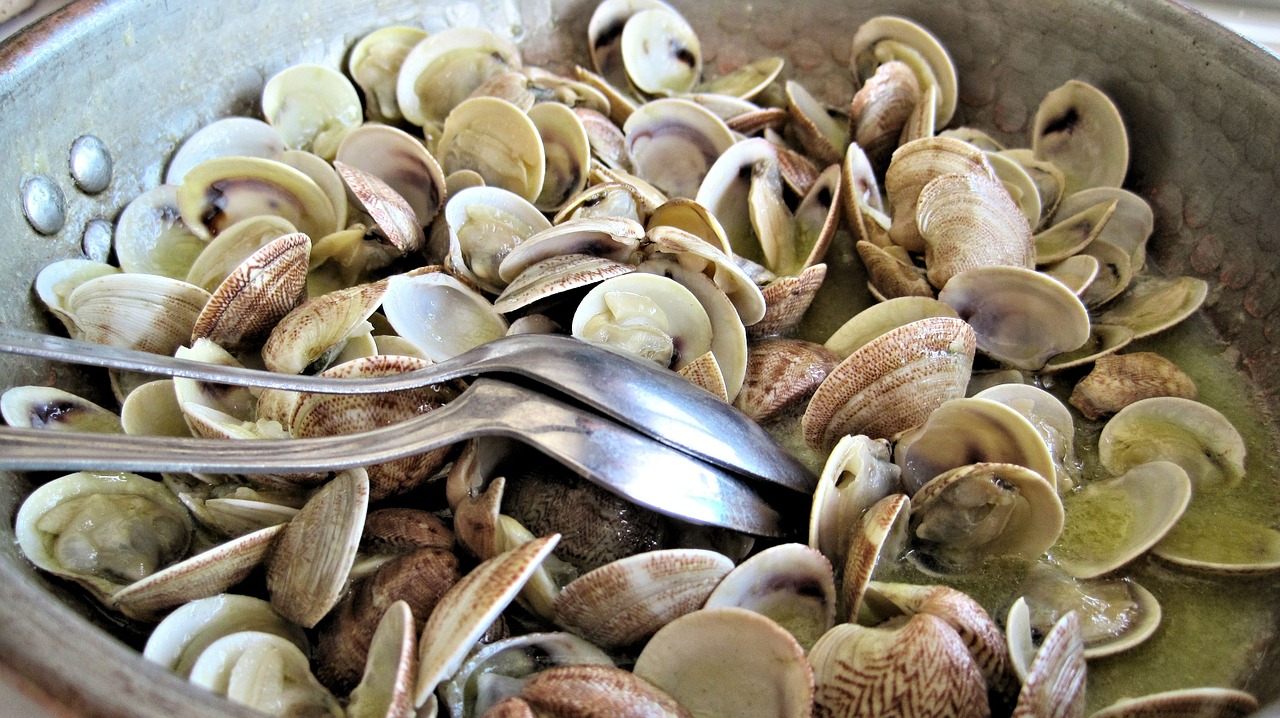New England and Cape Cod in particular are renowned for their delectable fresh seafood. At the top of that list are clams, used extensively in one of the region’s most famous foods, New England clam chowder. Now, you can catch a piece of the action for yourself by going on a Cape Cod clamming expedition on the scenic local shores! Read on to learn more about what this fun form of fishing entails, as well as how you can go about clamming on Cape Cod.
Catch Your Own Fresh New England Clams!
Cape Cod clamming, or clam digging, involves harvesting clams from below the surface of local tidal sand flats and mud flats. It’s commonly done using a clam rake, which is a pitchfork with an abbreviated and bent handle, as well as a bucket or basket, a clam gauge to measure how large your clams are, and of course, a permit for shellfishing. Some people even clam with their feet! Be careful though-there are lots of little underwater sand crabs that like to bite your feet! You’ll need to weigh the amount of your catch to ensure that you’re within the regulated catching limits. You’ll also want to wear comfortable water shoes, rain boots, or waders or hip boots, which are special boots for Cape Cod clamming that go up to your hips. You can purchase this equipment at any of the bait and tackle shops in Hyannis or Chatham.
Depending on where you decide to go clamming in Cape Cod, shellfishing permit prices can range from twenty dollars for a one-day non-resident permit in Harwich to over one hundred and twenty-five dollars for an annual non-resident permit in Brewster. There are also different price ranges depending on if you are buying a permit for one person or for a family, so be sure to look into the permit information for the town you plan on clamming in.
To spot a clam, look for a small spout of water shooting up, or a small mound of sand with a hole at the top. Clams can hide as far down as a foot or more, but when you find one, there are usually more nearby. Most batches of clam chowder require thirty clams, which takes about two hours to find.
About an hour before low tide, you’ll encounter the most success in your clamming in Cape Cod endeavors. Local tide charts can be found online, or at local marinas and convenience stores close by. Areas may be closed for shellfishing during particular days or seasons depending on the weather, water quality, and population.
The Adventure Begins with New England Vacation Rentals
Contact our reservations team today to learn more about what Cape Cod has in-store for you when you book your stay with us today!
 SPECIALS
SPECIALS


 SPECIALS
SPECIALS


